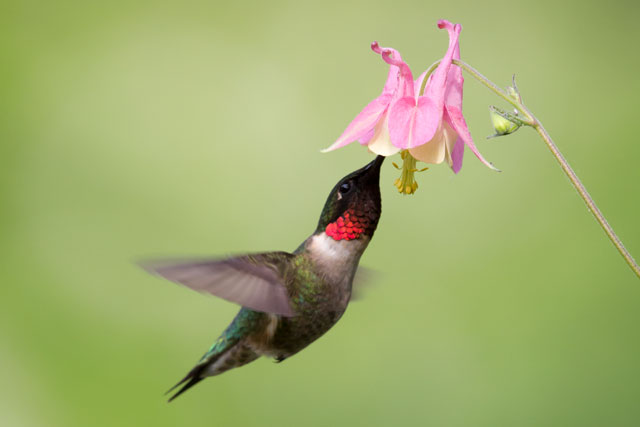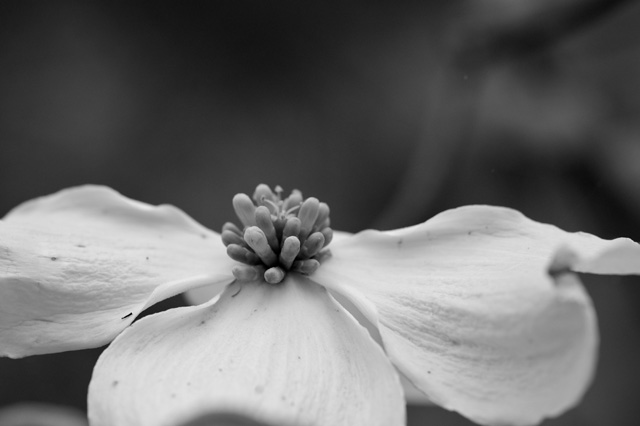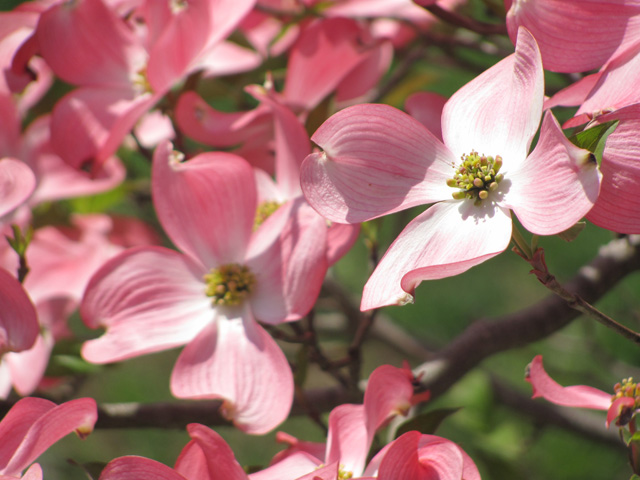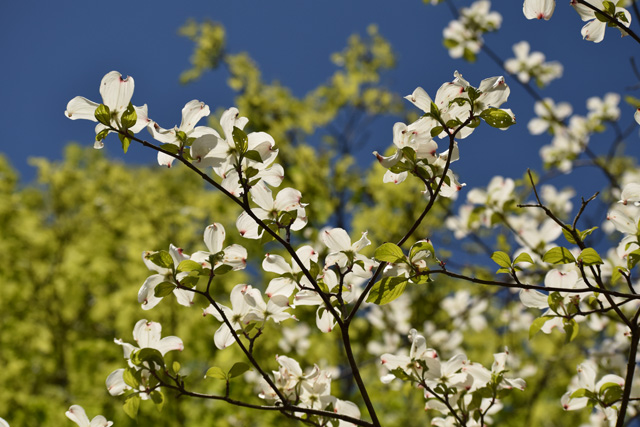Have you spotted hummingbirds in your garden yet?

Ruby-throated Hummingbird © Phil Sorrentino
These tiny, buzzing birds are a welcome sight in gardens across Massachusetts every spring, returning from their spring migration in late April and early May. With plenty of nectar-bearing flowers about now, they’re definitely back—and they are HUNGRY. The Cornell Lab of Ornithology says that hummingbirds have to consume their own weight in nectar and insects every day to survive!
Easy to Identify
The ruby-throated hummingbird is the only species of hummingbird that breeds in Massachusetts. The males are unmistakable with their bright red throats, while females and juveniles are just as stunning with their glossy, green plumage.
Learn More
Read hummingbird faqs. Looking for a new feeder? We’ve got plenty of options for you in the Audubon Shop.






